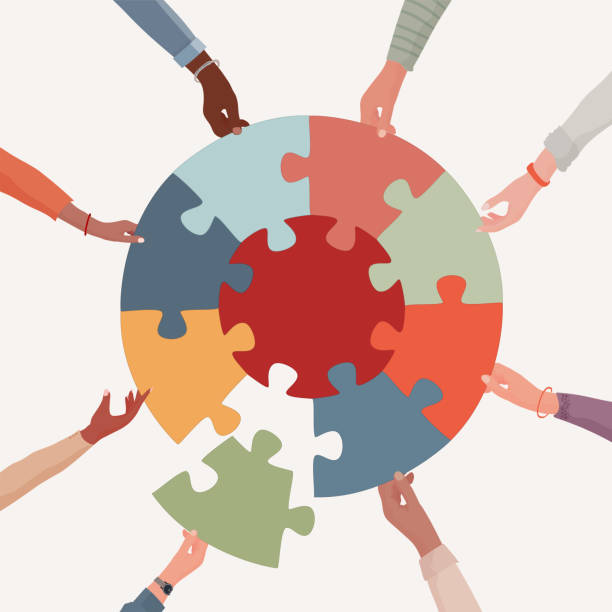Nowadays, collaboration has grown to be one of the most important skills in the connected world-and surely enough, nowhere more so than in education. Rising technology and globalization of knowledge make educators and students alike conscious of the fact that people work together increasingly to achieve a common purpose. But what does collaboration in education really look like, and why is it so critical to fostering student success?

What is Collaboration in Education?
Encapsulated in basic, simple terms, collaboration in education just simply means people working together to achieve mutual educational goals. The forms it can take are many: from students working in groups on projects to educators across the globe sharing resources and ideas to enhance ways of teaching. Whether it be activities taking place in a classroom, PLNs, or indigenous education internationally, collaboration allows people the opportunity to learn from one another and gain diverse perspectives that enhance learning.
Why is collaboration so important?
Collaboration reinforces such crucial skills as communication, problem-solving, and openness to change. Students who take part in collaborative learning in a classroom tend to have more potential for deep learning due to the various interpretations and the necessity to explicate explicitly their idea to others. Further, teamwork in learners allows them to develop social-emotional competencies such as empathy and cooperation that are as important for 21st-century employees as academic knowledge.
With collaboration, a teacher has a support network where educators share best practices, creative approaches to teaching, and other resources that help create more stimulating and effective learning environments. This is often how professional collaboration takes place within PLNs, as teachers hailing from different schools or countries can connect with one another by sharing their experiences.
Global Collaboration: Boundaries of Education Extended
The digital age has provided a unique opportunity for collaboration around the world, from shared online work to video conferencing with a host of collaboration packages. Students and teachers could connect with others in their home country and around the world. Such international collaborations not only help students learn about other cultures and other points of view, but stimulate a sense of global citizenship.
For example, programs like ePals and Global Classroom Projects involve students working together on common projects originating in classrooms across the globe. In fact, many of these projects focus on the solving of real-world problems – an approach that gives students a tangible sense of the impact their learning can have on the world.
Teamwork and Technology: A Perfect match
Technology enables collaboration in education. Microsoft Teams, Google Classroom, and Zoom have made it a lot easier for students to collaborate with teachers remotely because time and space have become irrelevant. Interaction in real time, resources can be shared, and collaborations on projects can be made from any place or time in the world.
Moreover, it enables teachers to extend the classroom and make it more collaborative on these platforms. For instance, a tool like Padlet or Wakelet will let students share boards on which they can post resources, ideas, and feedback in real time. These spaces allow a notion of active participation whereby every student’s voice is heard in the collaboration process.
Collaboration in Education: The Future of Looking to the future, collaboration will continue to play an essential role in the face of education. It will be important that students are prepared through education to navigate an increasingly complicated world when classrooms continue diversifying and learning environments become more flexible. By embracing collaborative ways of learning and utilizing technology to connect others, richer and more dynamic learning experiences will be created by students and educators alike.
In short, collaboration is not about working together but learning from each other, sharing experiences, and building up relationships beyond the various geographical and cultural confines of the world. Indeed, if collaboration in education keeps up with the pace, the possibility for growth and innovation is simply endless.

References:
1. Smith, J., 2022. Cross-Border Collaboration in Education: How Digital Platforms are Changing Learning. Education
2. Johnson, L. (2021). The Power of Collaborative Learning in the 21st Century Classroom. Teaching and Learning Journal.